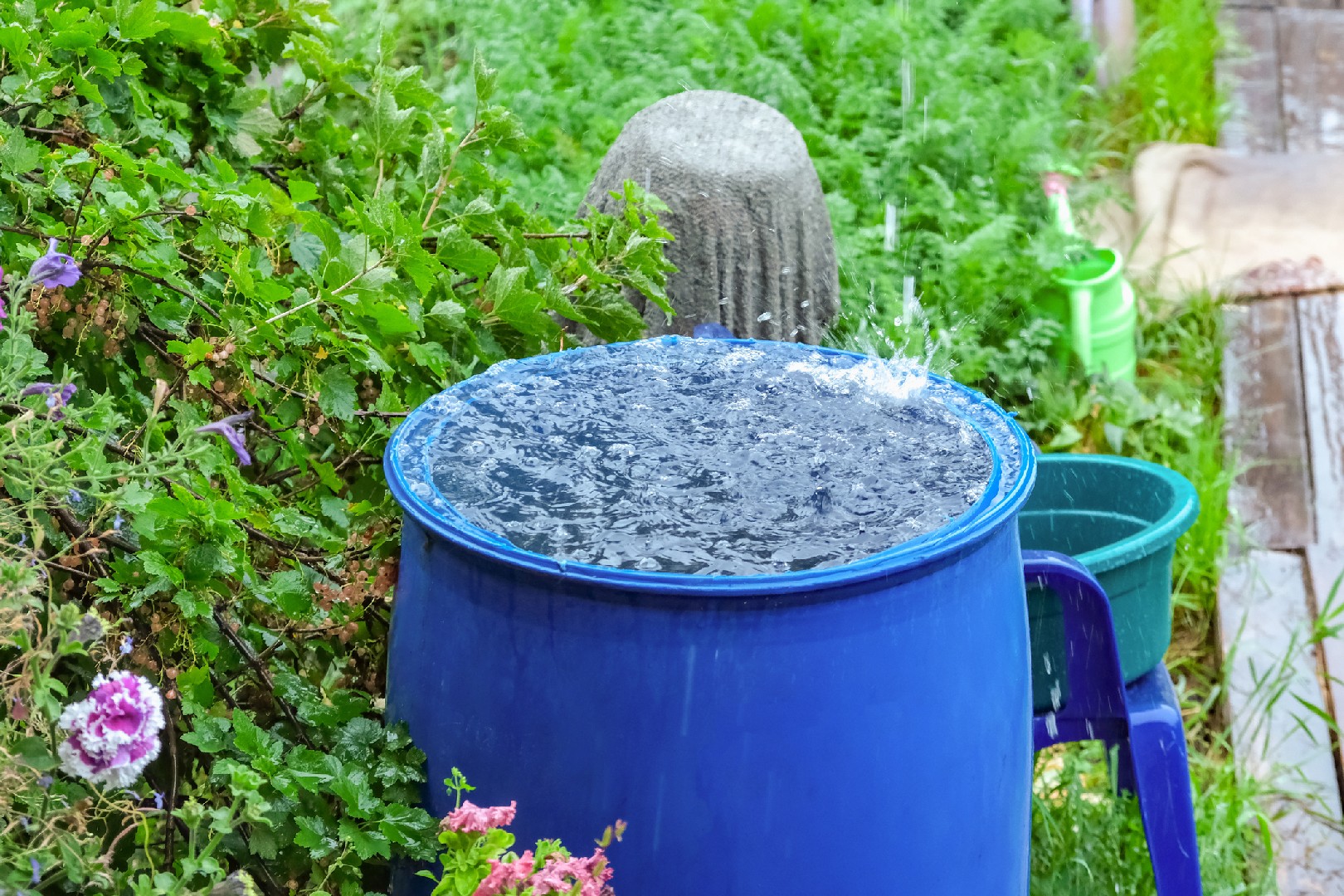![Rectangle]()
Challenges and Solutions in Rainwater Harvesting
Rainwater harvesting is a natural and eco-friendly solution to garden watering, but it does come with its own set of challenges. Understanding these potential challenges and finding practical solutions is essential for successful rainwater harvesting and maximizing the long-term benefits it offers.
One challenge in rainwater harvesting is the collection and storage of rainwater. In regions with low rainfall, it can be difficult to collect sufficient water to meet garden irrigation needs. To overcome this, it is important to optimize the collection system by using large storage tanks or cisterns. Additionally, installing gutters, downspouts, and rainwater diverters can help increase the amount of water collected.
Another challenge is maintaining the quality of harvested rainwater. Rainwater can contain debris, pollutants, or microorganisms that can be harmful to plants if not filtered properly. A solution to this challenge is incorporating filtration systems into the rainwater harvesting setup. This can include installing mesh screens or using sediment filters to remove larger particles, and UV disinfection systems to eliminate harmful microorganisms.
Managing the overflow of rainwater is another aspect to consider. During heavy rainfall, the collection system may get overwhelmed, leading to overflow or flooding. This can be addressed by implementing overflow mechanisms such as overflow pipes or diverting excess water to other storage containers, like rain gardens or soakaways.
In addition to these technical challenges, there may be regulatory or legal obstacles to rainwater harvesting in some areas. Certain regions may have restrictions or require permits for collecting rainwater. It is important to research and comply with local regulations to ensure legal compliance and avoid fines.
Overcoming these challenges in rainwater harvesting is vital for reaping the long-term benefits it offers. Rainwater is a free and sustainable source of water, and utilizing it can significantly reduce reliance on municipal water sources. This not only helps conserve water but also reduces water bills and promotes environmental conservation.
To summarize, optimizing the collection and storage system, implementing filtration methods, managing overflow, and adhering to local regulations are key solutions to the challenges faced in rainwater harvesting. By addressing these challenges, gardeners can harness the power of rainwater and create a more sustainable and eco-friendly watering solution for their gardens.





